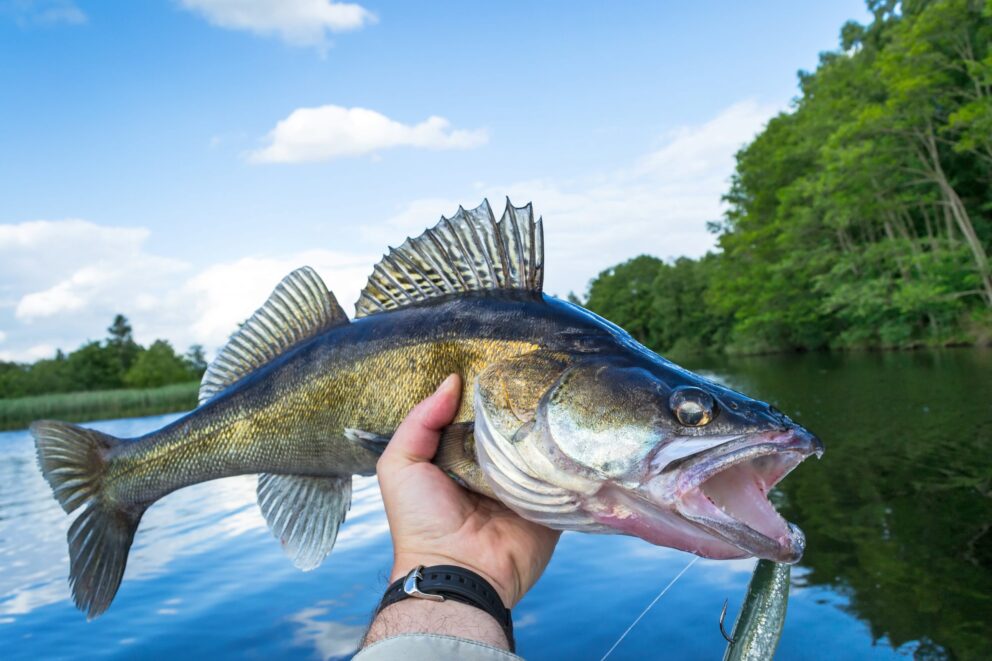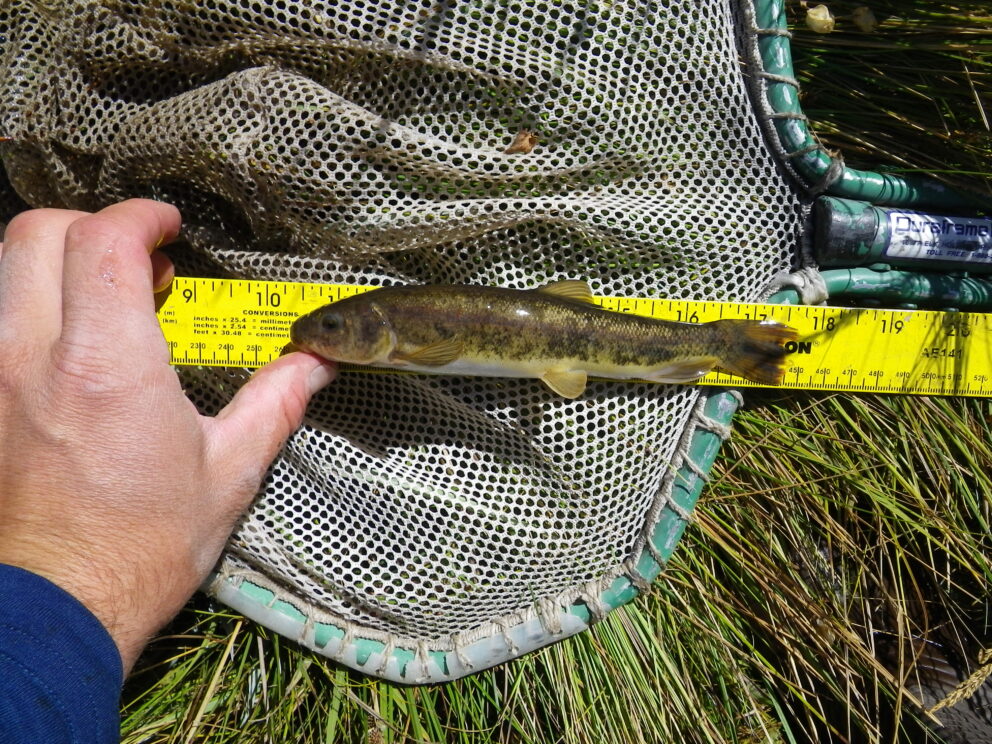- SCIENTIFIC NAME
- Sander vitreus
- CLASSIFICATION
- Fish
- LIFE SPAN
- 10-20 Years
- SIZE
- 20-33” | 4-16lbs
- STATE CONSERVATION STATUS
-
- Unprotected
- FEDERAL CONSERVATION STATUS
- Least Concern
- GAME STATUS
- Game
- Washoe
- Humboldt
- Pershing
- Churchill
- Mineral
- Lyon
- Douglas
- Carson City
- Storey
- Elko
- Lander
- Eureka
- White Pine
- Esmeralda
- Nye
- Lincoln
- Clark
Habitat & Range
Walleye are native to the upper midwest of the United States and southern Canada. They have been introduced extensively throughout North America. Walleye are found in a few western Nevada waters including Lahontan and Rye Patch Reservoirs, the Humboldt River below Rye Patch Reservoir and Chimney Reservoir. It is generally found in larger lakes and reservoirs.
Threats
- Larger Fish
- Predation
Natural History
Named for its pearlescent eyes and its ability to see well in low light conditions, the vision of the Walleye will also affect its behavior. They avoid bright light and prefer to feed in low light on prey that are unable to see as well as they do. In addition to low light visibility, the Walleye are also active in choppy water conditions and cloudy days. They use this adaptation as an advantage over their prey.












